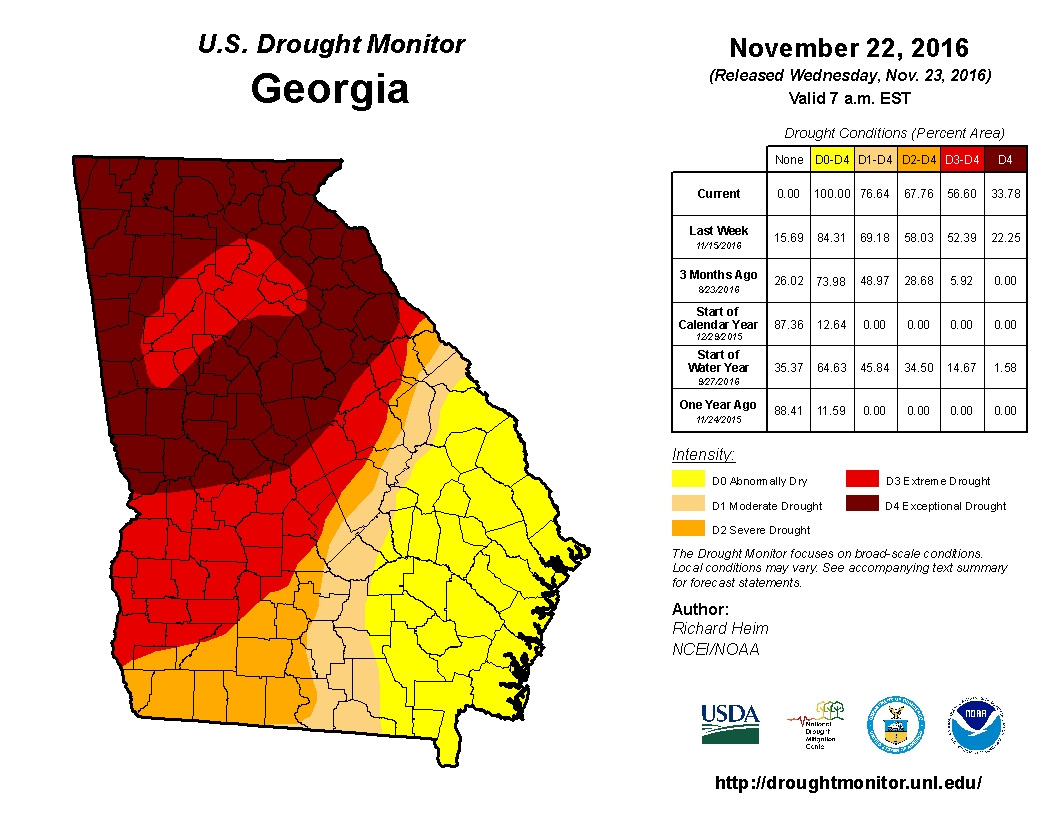There's a good interview at NPR's The Salt with Chris Clayton, ag and policy reporter with DTN/The Progressive Farmer, who has become the Cassandra of climate change in the farming community. For those unfamiliar with the general attitude about the subject inside agriculture, it should be an informative read. The impolitic rollout of the Waters of the U.S. (WOTUS) rule by the Obama EPA will have lasting cultural effects among farmers and their perception of government regulations and agency overreach. There's a treatise on energized elitism in that.
But producers who do not embrace climate change as a reality are taking a dangerous and, sometimes, outright fatuous position. In the first place, planning for environmental variability and thinking long-term about water availability are simply good risk management strategies. The bigger issue is the lost opportunity for farmers to portray themselves as a solution to climatic disruption. If they push the narrative that conscientious farming can sequester carbon, limit emissions, and lead to cleaner water, it's a marketing coup. But it also might lead, eventually, to policy that puts money in their pockets for building soil and the productive quality of their farms.
It's fascinating and nearly unbelievable to read that, 20 year ago, American Farm Bureau was a primary advocate of cap-and-trade carbon policy:
“During the Clinton administration, Farm Bureau was really one of the leaders in helping pitch the concept of a cap-and-trade plan that also partially would have paid farmers for sequestering carbon in soil, using the kind of practices that build organic matter. Farm organizations helped pitch this idea to the Clinton administration. By the time you get around to the debate in 2009, Farm Bureau takes a very skeptical attitude, and then starts inviting some of the strongest climate critics to become speakers at its convention.”






